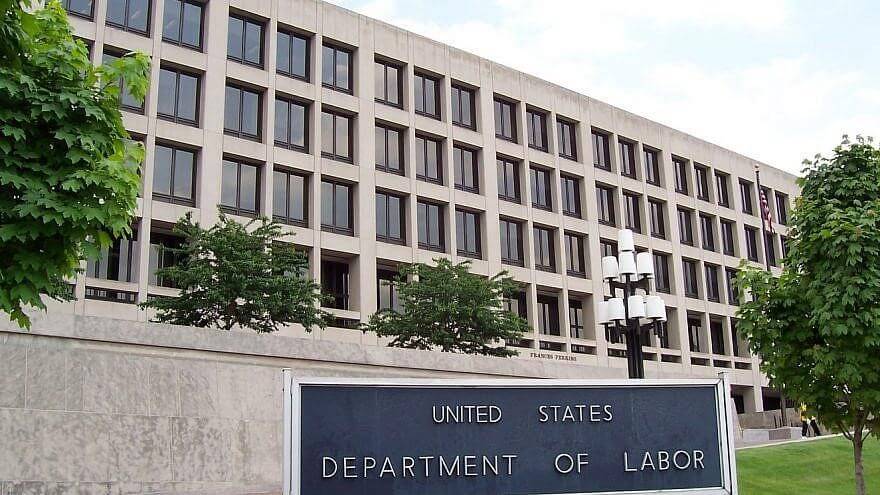
The United States Unemployment Rate of 3.5% Is A 50-Year Low
The unemployment rate in the United States continues to shrink as the country nears its full employment objective. Since 1969, the unemployment rate in the country has not been as low as the 3.5% recorded in September. This number was a 0.2 percent drop from the 3.7% rate recorded in August this year.
A 50-year low
It has been half a century since the United States registered such positive numbers in the unemployment rate. The Labor Department also announced on Friday that nonfarm payrolls rose by 136,000. This rise is happening as the economy nears full employment.
The positive news seems to have a ripple effect all round as the underemployment, and discouraged workers’ statistics also show. This September, the number stood at 6.9%, this represents a 0.3% from the statistics recorded in August. Additionally, the number is the lowest in 19 years. It also surpasses the all-time low of 6.8% by just 0.1%.
The effect of this announcement by the Labor Department affected the stock market as well. On Monday, stocks opened higher with a near 150 points increase on the Dow Jones Industrial Average.
Disappointments amidst Good Tidings
The general expectation was the Trump’s administration would affect immigrants and especially Hispanics. However, the latest data by the Labor Department shows that the unemployment rate for Hispanics hit a new record low. The good news spreads over to the African Americans, as well. Their unemployment rate maintained its lowest rate ever.
While all this good news was coming from the Labor Department, the economy underwent another month of sluggish growth. While economists from Dow Jones had predicted a 145,000 count for nonfarm payrolls, this did not materialize. The economists expected that the jobless rate would hold steady at the 3.7% rate.
The average hourly rate remained fairly unchanged compared to the preceding month. This has continued the disappointing trend that has seen the average hourly wage rose just 2.9% all year. The market last saw this low increase in July of 2018.
Escalating Fears
The data from the Labor Department comes amidst fears that the external effects of the trade war are affecting the US economy. Economists fear that this might drive the economy into a recession soon.
This also comes on the back of the retail industry, laying off another 11,000 workers. This raises the number of people who have lost jobs in the industry to a worrying 197,000 since January 2017. There were some positive revisions for previous months, however. August rose to 168,000 from an initial estimate of 130,000. July, on the other hand, made a 45,000 net gain after economists revised it from an initial 159,000 to 166,000.
The labor force participation rate held steady at 63.2% as the total labor force increased by 117,000. The population to employment ratio also moved up to 61%. Fulltime jobs increased by 305,000 while part-time jobs increased by 121,000. Even with this, the average workweek held steady at 34.4 hours. Government jobs increased by 22,000, and the healthcare industry led all others by a 39,000 new jobs increase in September.




